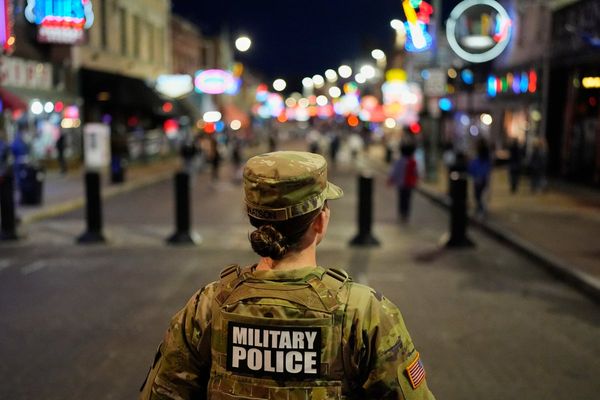
Journalist Clare Arthurs visited Cambodia many times during her stint as a BBC correspondent in south-east Asia.
Each trip left her moved by the hope and sadness lingering after the rule of the notorious Khmer Rouge regime.
In 2001, an assignment took her to Phnom Penh and the rooftop studio of Vann Nath, a renowned artist who had survived the horrors of S21, the Khmer Rouge’s torture prison. His life had been spared only so he could paint a portrait of the regime’s despotic leader Pol Pot.

The interview, and Nath’s artwork, touched Arthurs deeply.
“His hair was white from electric shocks and he’d obviously suffered a great deal,” she says. “I didn’t want to just walk away.”
Nath is best known for his harrowing depictions of the atrocities committed in what is now the Tuol Sleng Genocide Museum, but by the time of Arthurs’ visit, he had turned back to his rural childhood for inspiration.
Arthurs bought a peaceful scene of oxen pulling a cart towards traditional teak houses set among sugar palms.
The idyllic landscape, which has accompanied her from Vietnam to London and now home to Australia, holds many meanings for Arthurs.
Arthurs says Nath, like many Cambodians, was not interested in revenge.

“He just wanted the truth to be told about what happened to him.”
He confronted his torturers years later at special tribunal hearings, backed by the UN. This, Arthurs believes, afforded Nath some semblance of relief.
Arthurs says Nath’s work speaks to her true north as a journalist.
“When we tell stories about people, we’re not trying to get retribution for them. We’re trying to get justice, we’re trying to find truth.”
In that sense, Arthurs says having Nath’s work in her home reminds her of “who I am and where I come from, and that the search for truth is a big part of my professional life”.
On a deeper level, deliverance from trauma is personal for Arthurs. As a survivor of abuse, Arthurs says the work serves to remind her of others’ suffering, which puts her own into perspective, while reinforcing her confidence that we all have the capacity to move forward and find our peace.
“It reminds me that, after chaos, there can be calm.”
Despite the deep affection she has for the painting, Arthurs says it is her hope that it will one day form part of a public collection of Nath’s work.
“It belongs to me in a sense, but I think it always belongs in part to the artist, and ultimately to Cambodia.”
Is there an artwork with an extraordinary story hanging on your wall? Email australia.lifestyle@theguardian.com with the subject heading “Wall Stories” to be considered for future columns.







